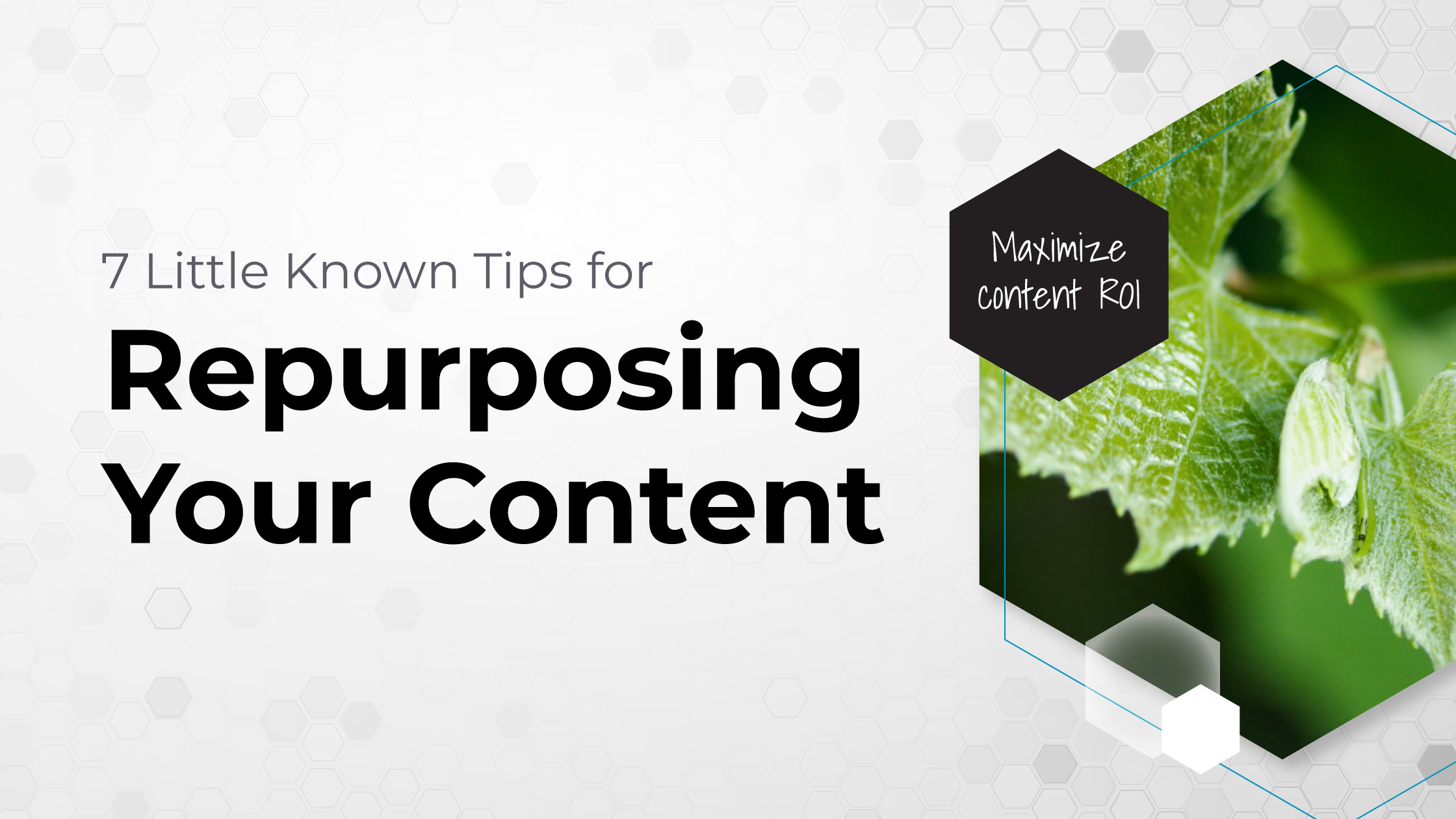It’s important to keep a close eye on the SEO blogging world so that you’ll notice when it starts to evolve.
If you see changes in the structure and formatting of popular and high ranking pieces of content, don’t sulk because your colleagues/competitors figured it out first. Enjoy a big sigh of relief because you can now skip past all the experimenting they did, and jump straight to benefiting from those proven tactics yourself.
Increase the performance of your own pages by incorporating what you see performing well for others.
A shift has already occurred in high ranking content, and it has allowed brands to reach new, impressive heights in the world of SEO.
Let’s explore four of the tactics that are taking off, all of which are reader and writer friendly. But first, the context:
Why Skimmable Content Matters and How it Helps SEO
Did you know that there is an incredibly strong correlation between content length and high rankings on Google?
The graph to the left shows that the average web page or blog post in the top 10 positions contains 1750-1950 words.
Of course, it’d be ridiculous to write such a long article for a search query that could be answered more succinctly, so consider whether you’ve chosen the right format for your user’s needs.
(We’d tattoo “User experience over everything” on your knuckles if we could.)
So, why is long-form content commonly seen on the first page? One part of the answer is likely that long-form content is shown to acquire more backlinks, which are a significant part of Google’s algorithm.
It may also be that when a searcher lands on long-form content, they’re able to answer not just the query they typed in, but the next question they have and the question after that.
Long-form content provides all of these answers in one place. That’s important because Google tracks when a searcher repeats their query because they didn’t find the information they needed on the first go-round.
The bottom line is that the best SEO marketers will be writing in-depth content to rank highly for challenging phrases. But in order to do this effectively, you MUST make your content skimmable.
Vital information should be high up in your post and easy to locate.
Tangential details can add useful insights, but should never be given priority placement over the core information the user is searching for.
So, if you want your article to include supplementary information, while also addressing those secondary searcher questions that deliver the most optimal reader experience, how can you structure your articles and web pages to serve both the users who want to consume this information and those who want to skim through it? Here are 4 options:
Tip #1: Embed Anchor Links For Sub-Topic Headers
Hyperlinking to different areas within your own article allows the reader to jump into the content that’s most relevant to their query.
You can place hyperlinks anywhere in an article, but many writers prefer to group all hyperlinks together towards the top of the article, to function as a table of contents that makes it even easier for readers to understand what information is available and head straight to what they’re most interested in.
Here’s how to do this in WordPress:
- Open up an editing block within your article.
- On the right side of the page, click the Advanced button.
- In the section called “HTML Anchor”, give your anchor a name. For this example, we’ll use “Heading4”.
- Go back to the top of your article. Insert #Heading4 in the HTML at the location you want to allow the user to jump to
- Repeat these steps for any other anchor links you want in your article.
Yep, it’s that simple. You’ve just created Google-friendly long-form content that a reader can happily blaze through.
Tip #2: Bullet Points and Numbered Posts are a Key Answer Box Tactic
Writing your content in a numbered post or bullet point format could help it appear in Google’s Answer Box. You’ve definitely seen one before – it looks like this:
The Answer Box is a short snippet at the very top of the search engine results page. It includes what Google thinks is the best answer to the searcher’s question. Ideally, the Answer Box provides all the information the searcher needs, but it also contains a link for further exploration.
You’ll notice that Google truncates the sentences for each numbered item in the Answer Box example above, but don’t interpret that as permission to write articles that only contain a list of items with just one word per line. That is not searcher friendly and won’t get you anywhere.
Keep writing content that will be valuable for the searcher, and let Google shorten your lists as it sees fit.
Lists do very well on Google, partly because users love them. We know this because list-style content is the second most shared content format.
Tip #3: Space Out Your Paragraphs
Do you want to see what a beautifully spaced article looks like? Check out Joe Daniels’ “How to write long-form content like a pro” Medium post.
Not only do I use this tactic within my own articles, but I also make sure that the writers whose content I edit also use this best practice. (Bonus pro tip: write your emails this way, too.)
Why does paragraph spacing even matter, and why does it help the reader when you space things out?
- Large paragraphs are a huge time commitment. Will an unmotivated reader get through them? It’s hit or miss…
- The human brain can comfortably skim sentences when they’re spaced out. More space makes it more likely that the user will actually retain the information you’ve worked so hard to put together.
- Some studies have shown that comprehension drops when information is conveyed via large blocks of text.
Instead of lumping several sentences together, use space to let the reader know that every sentence has a purpose.
Tip #4: People Prefer Articles with Imagery, and Imagery Conveys More Information Faster
“49% of marketers primarily use visual content on blogs and websites followed by social channels such as Facebook and Instagram.”
A study by Venngage
The web is supposed to be a beautiful place, and so should the content you’re putting on it. But beyond aesthetics, visuals are a powerful learning tool, and you risk losing the reader’s attention or full comprehension without them.
So, what kind of images should you add? Sky’s the limit, but you often can’t go wrong with:
- Graphs
- Pie charts
- Conceptual images (example below)
But wait… This article is about creating skimmable content. How can a pie chart help with that?
Seeing data or nuanced concepts conveyed in an image helps people discern some of the main points of your articles in a glance. As they say, an image is worth a thousand words.
In addition to the learning benefits, images can also act as visual mile markers for skimmers who will pause to scan your images but not read every word of the paragraphs between them. (Some of you are doing that right now. But you’re a skimmer, so you won’t see this.)
Obviously, you’ll reduce the quality of the reader’s experience if you add random filler images, so make you’re choosing images that are highly relevant to the topic of your article.
(Another pro tip: When you do add an image to your post, optimize it for search engines by adding keywords to the alt text.)
Improve Your UX and SEO With Skimmable Content
In conclusion, there’s no denying that reader-friendly writing practices are a boost to SEO rankings. This is in line with Google’s mission to surface user-friendly content, so it’s likely that this best practice is here to stay.
Writing for the web shouldn’t be like writing a book or a college essay. There are far more formatting and article style options to factor in.
But the ROI of this additional time and effort will be well worth it, because when is getting on the first page of Google not worth it?




